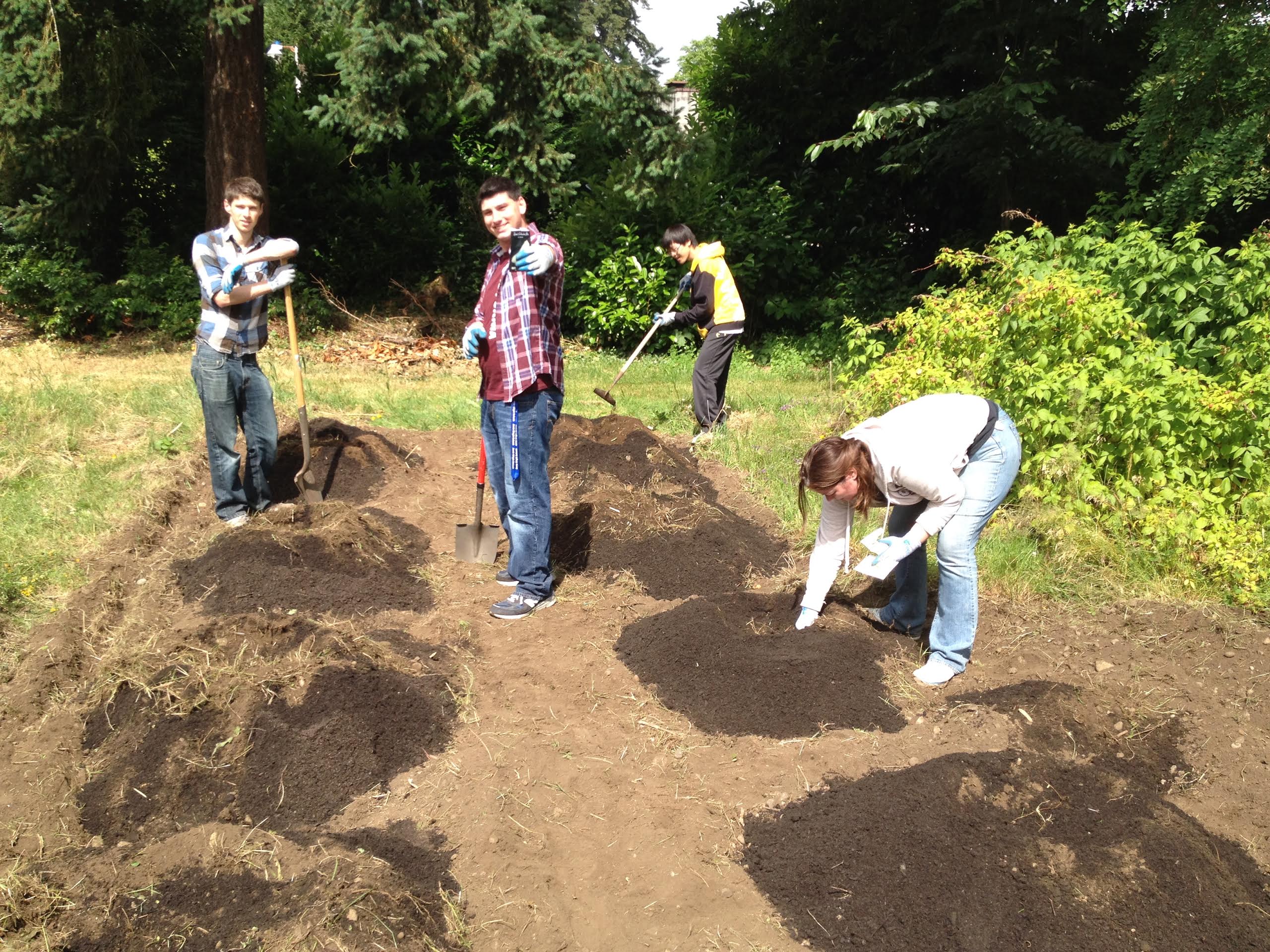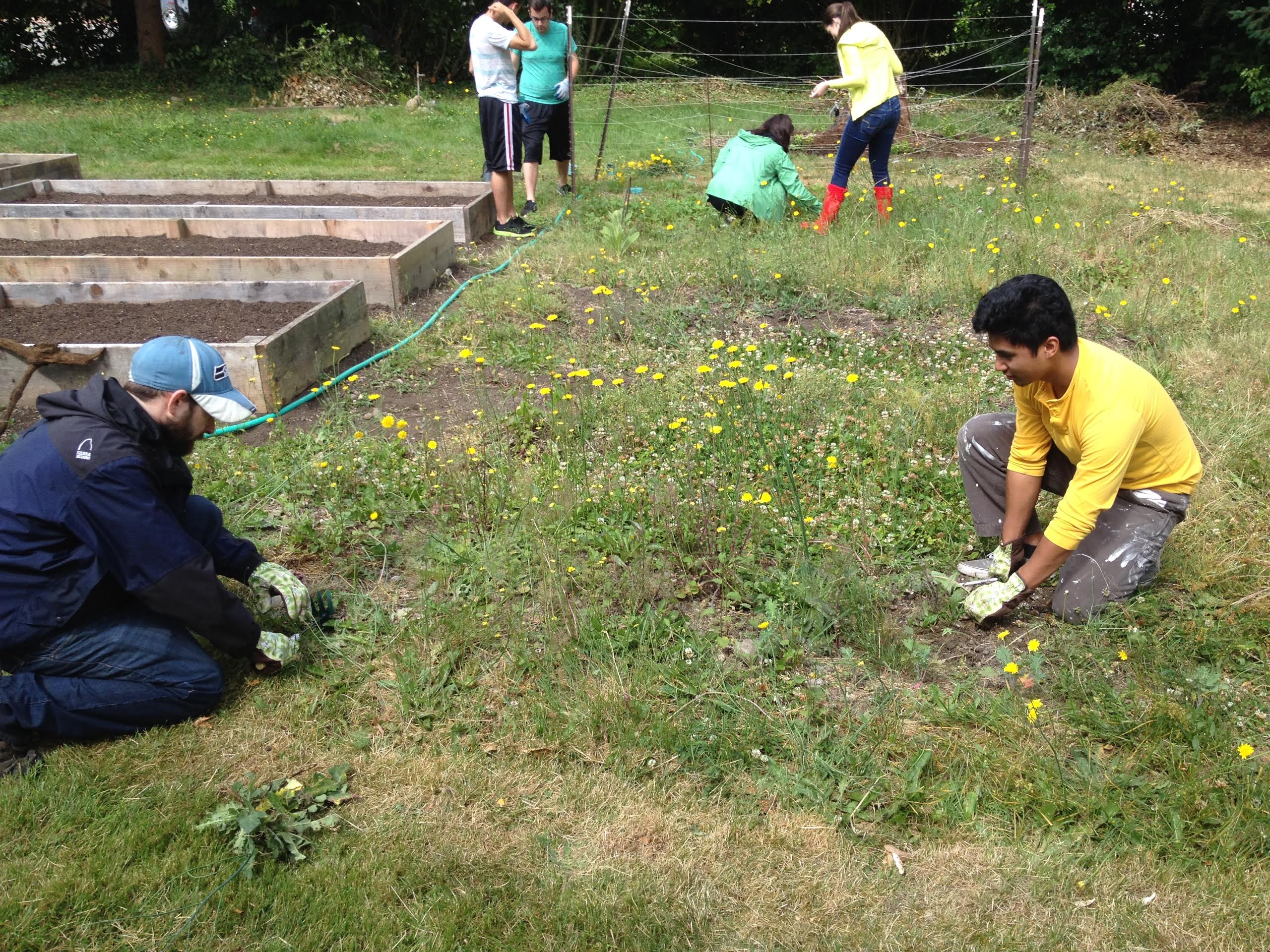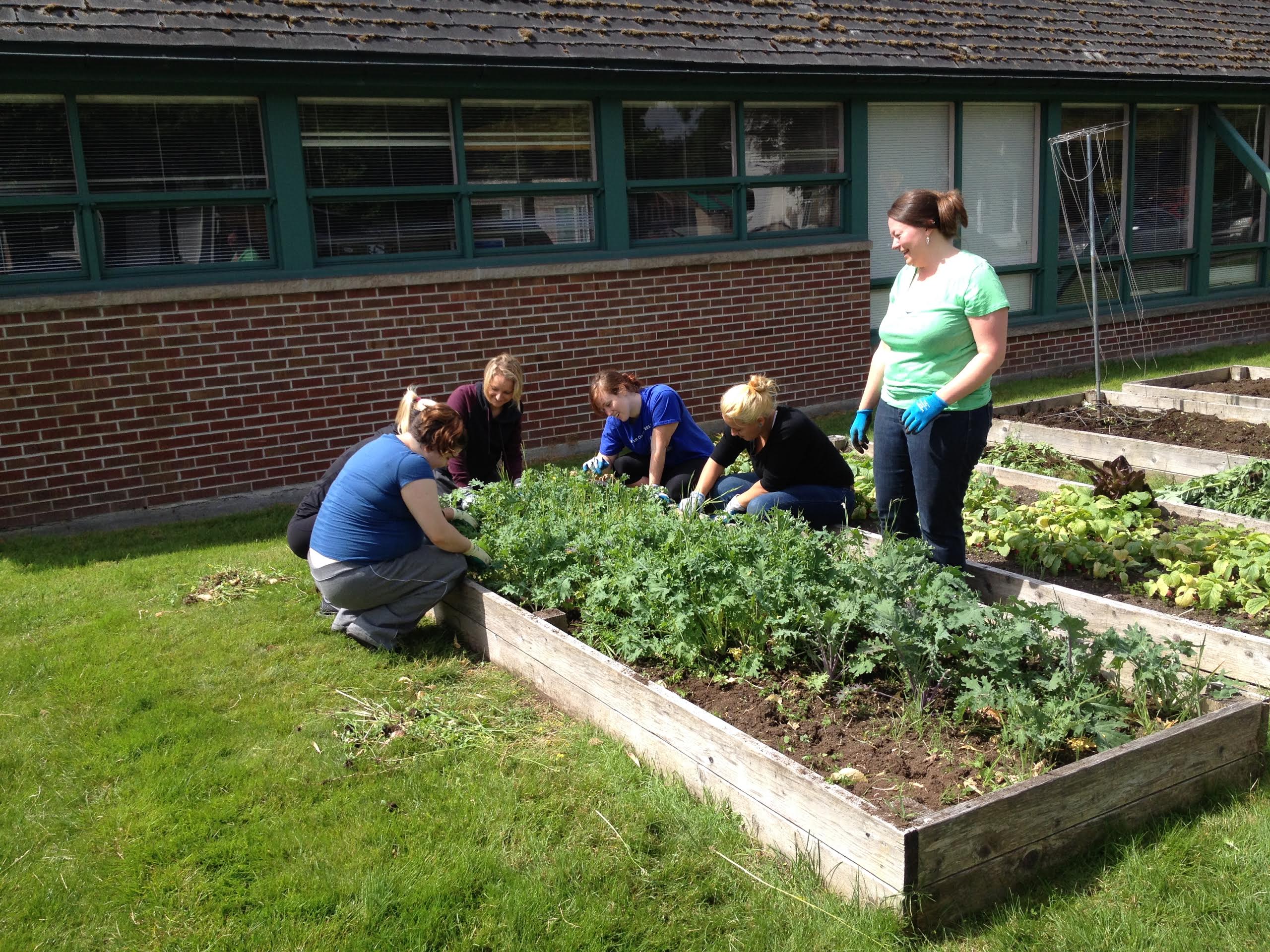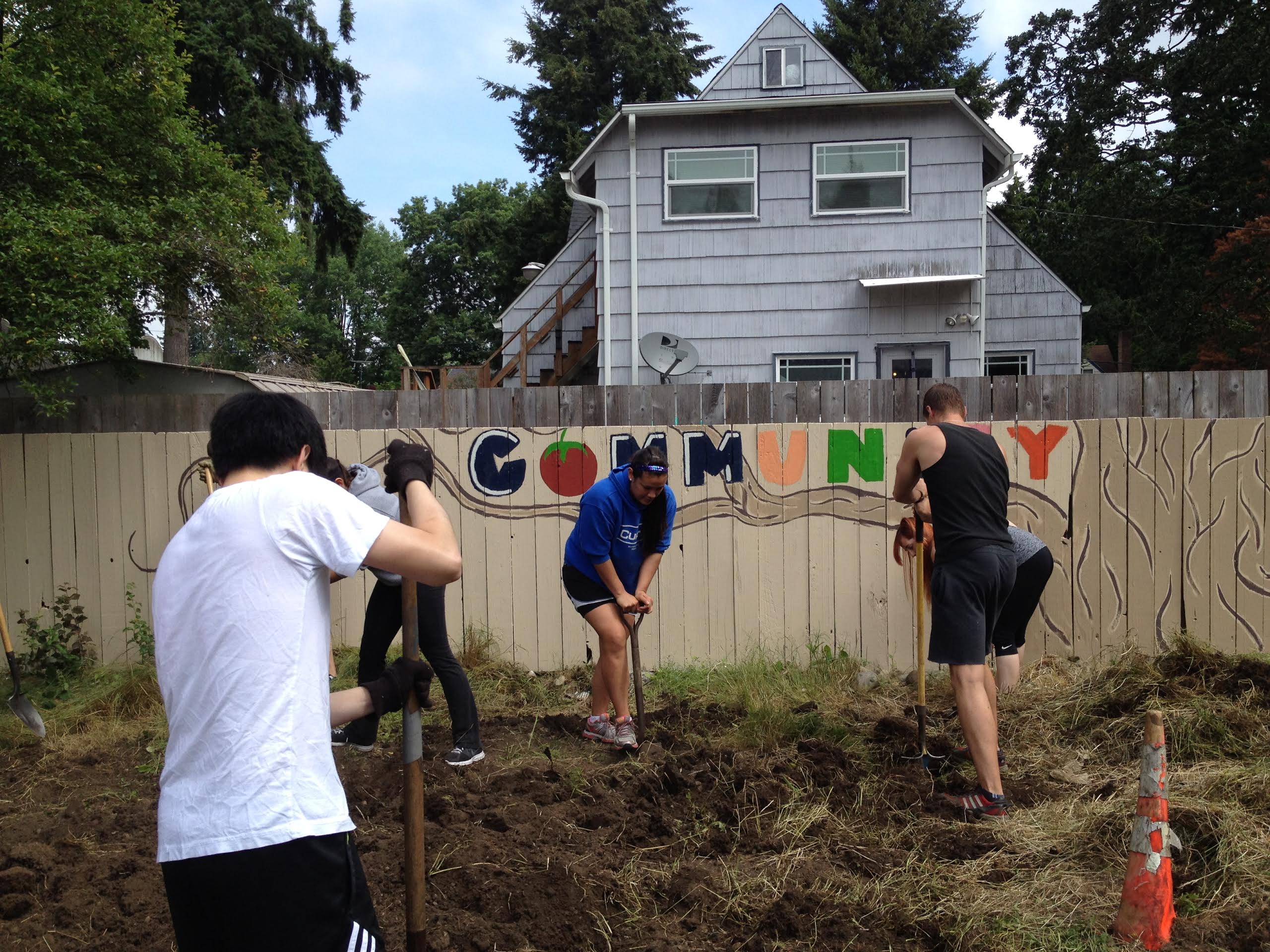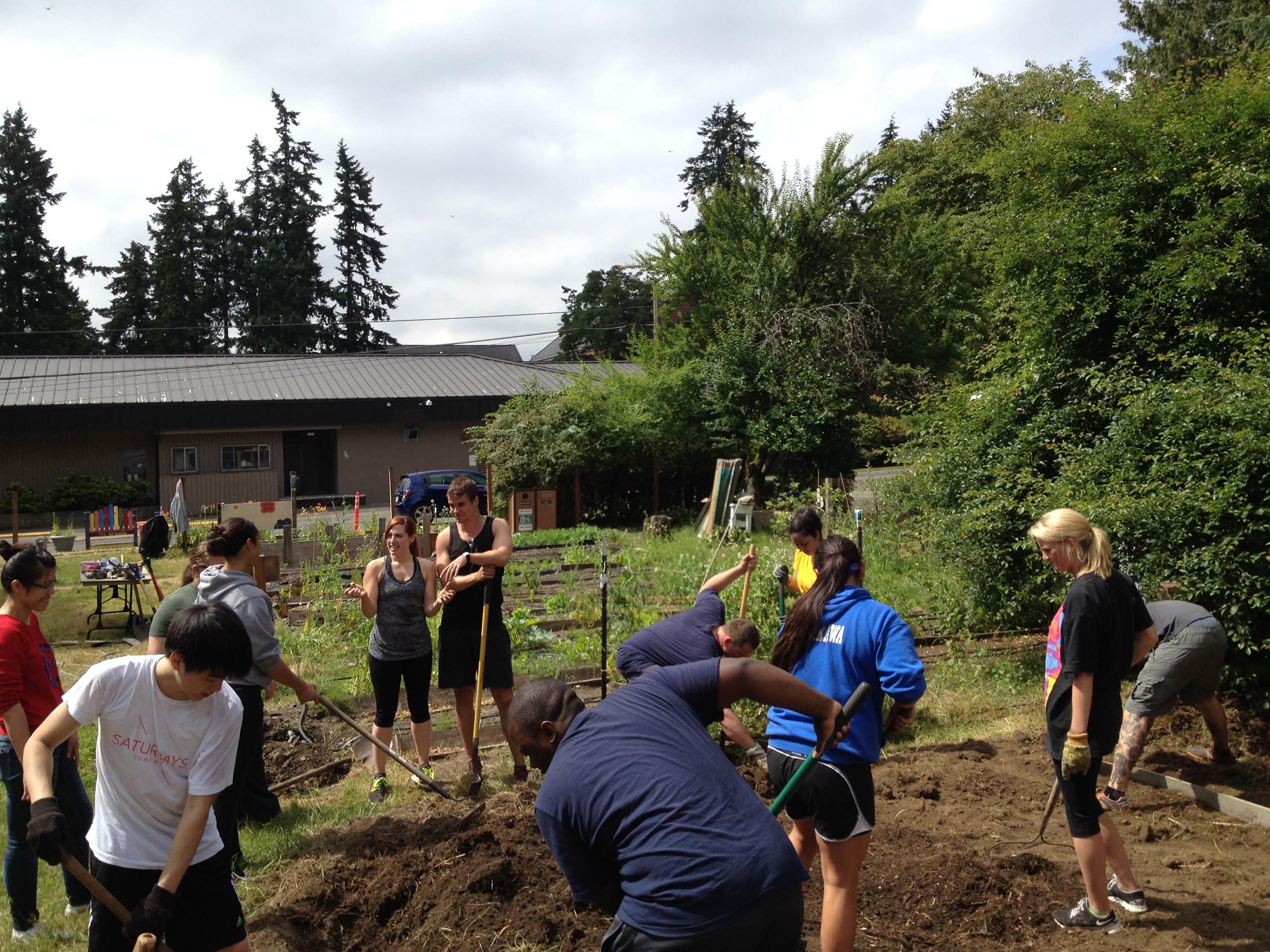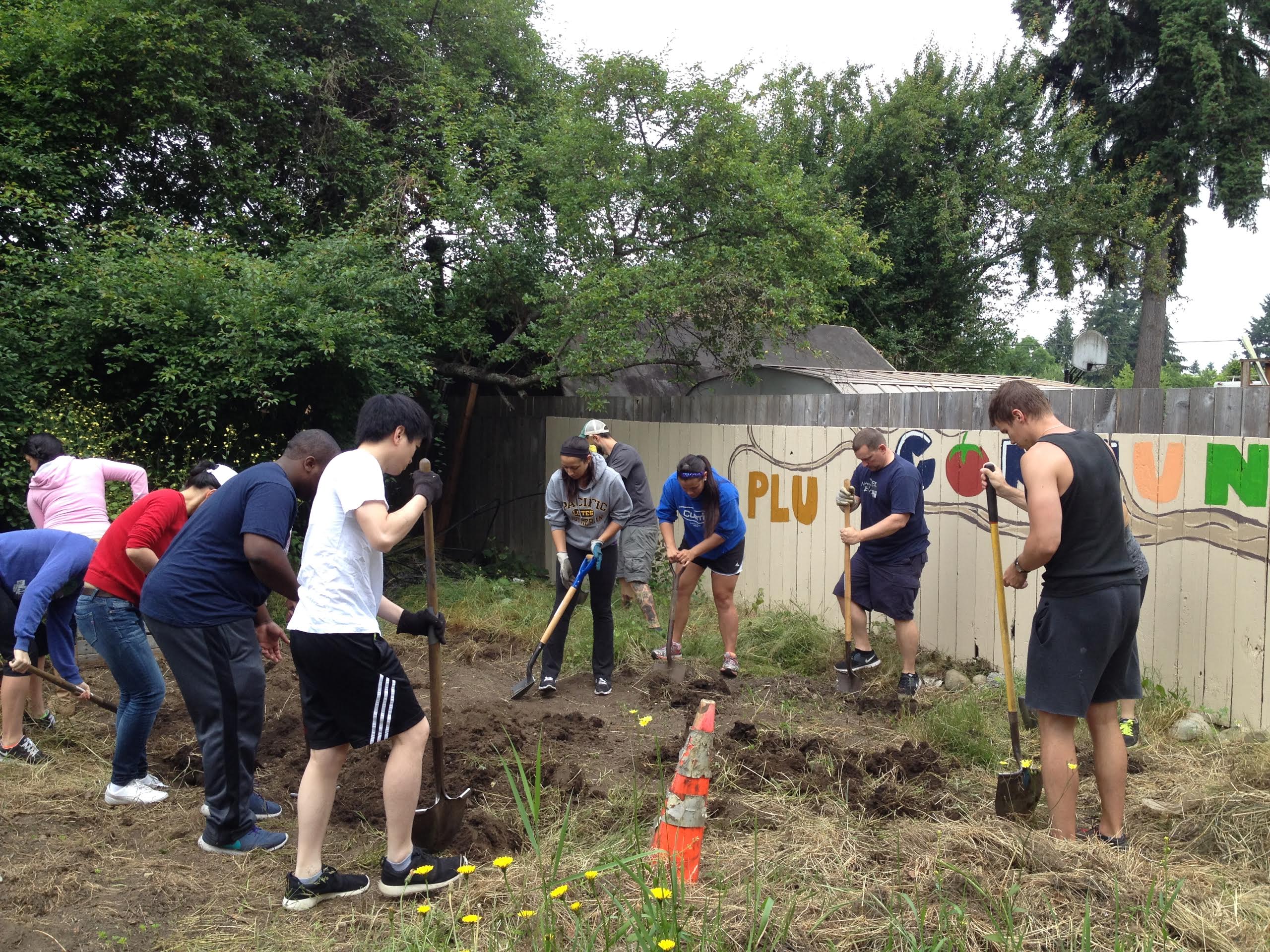Learning With Our Neighbors
“I’ve never been here before,” a student told me in June 2014 as my Christian Ethics class walked to the community garden at Trinity Lutheran Church. I asked what she meant — the garden or the church? Both, it turned out. Indeed, she had never set foot in a garden in her life, and while she’d walked by the church across the street from campus a number of times, she’d never been inside or on the grounds.
This experience and many others like it have convinced me that students benefit from an experience of the place where most of them live and all of them learn. So, I’m working to engage our Parkland neighborhood in my Christian Ethics course.
Christian ethics has always been about neighbors. On the first day of the class, we read the Parable of the Good Samaritan. It begins when Jesus instructs a questioner to “love your neighbor as yourself” and the questioner responds with a follow-up: “Who is my neighbor?” In response, Jesus tells a story. As we talk about that story, students always notice that it does not contain a direct answer. There’s no clear lesson here about who the neighbor actually is.
This helps to frame the rest of the course: Christians have agreed for 2,000 years that it is important to love the neighbor, but have had widely different views about who that is and what it means to love them. I want students thinking critically about those questions, encountering the diversity and challenge of Christian ethics.
Students in Christian Ethics work in the gardens at PLU and at Trinity Lutheran Church in July 2014; Photos by Kevin O’Brien
I’ve only recently started to emphasize that whatever “neighbor” means, it must be connected to a neighborhood. We have to wrestle with the concrete complexity of our neighbors right here and now. I’m lucky to have lots of help in making this connection, and my classes benefit from the expertise of PLU’s Center for Community Engagement, the Sustainability Office, and the committed members of Trinity Lutheran Church. They are teaching my students and me about our neighborhood and showing us how to study ethics while working alongside our neighbors — pulling weeds, digging holes, washing dishes.
The class is still fundamentally about critical thinking: we struggle with hard questions of Christian morality and the diversity of possible answers. But now when we discuss the complexity of Christian economic ethics, we relate it to the socioeconomic realities around us. When we discuss the difference between charity for the poor and empowering people to overcome poverty, we relate it to the work of a local food bank. When we talk about stewardship of the earth, we don’t just ask abstract questions — are nonhuman animals our neighbors? — we also see what some local Christians are doing to tend their soil.
I have always hoped that my students leave a course in Christian ethics less sure than they arrived about what it might mean to “love your neighbor.” Now, I also hope that they leave more prepared to be part of their neighborhoods. It worked for the student I mentioned above. After an hour pulling weeds, she told me, “I’m coming back.” I asked whether she meant to garden work or the church. She replied: “both!”
— Kevin O’Brien



